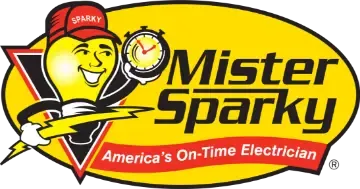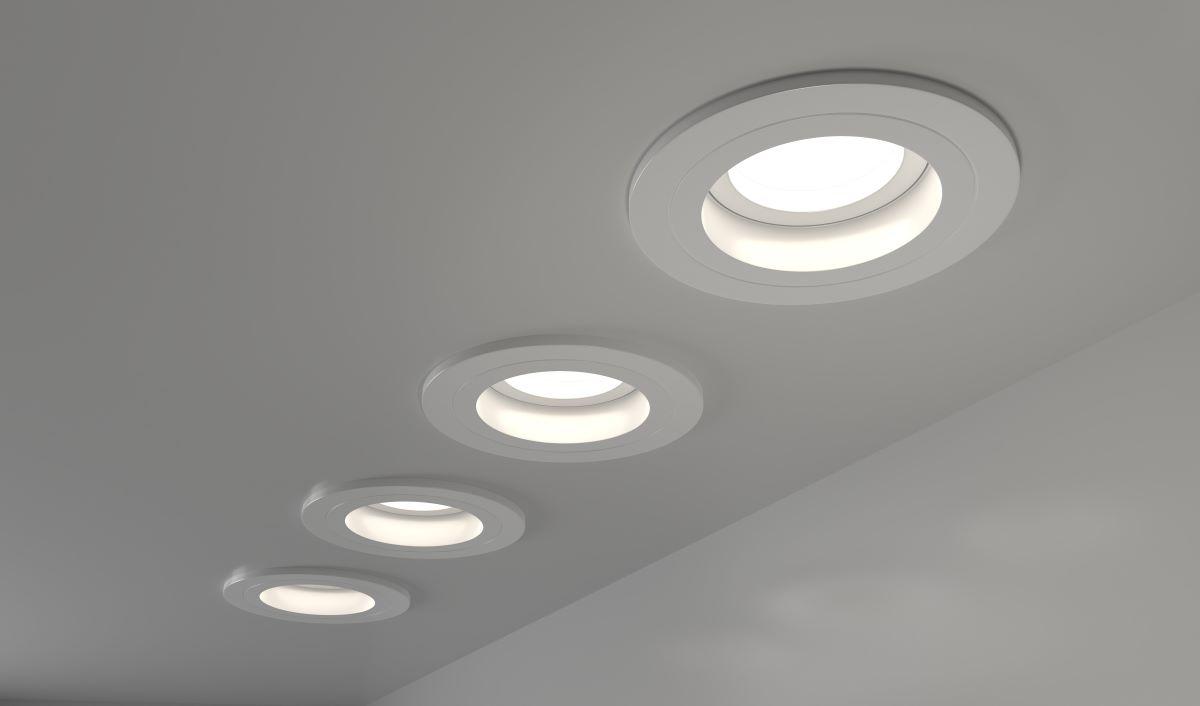Northern climates experience long, cold winters with limited daylight hours. In these places, lighting plays a crucial role inside homes where people spend a lot of time, where it's warm and comfortable. Relying on artificial light is necessary on short days, but dropping temperatures also mean using more energy to keep homes heated. Upgrading to energy-efficient lighting helps conserve energy, promotes environmental responsibility, and enhances comfort and safety. From advanced fluorescent systems to LED bulbs, energy-efficient lighting makes sense for those living and working in northern climates.
Lower Energy Bills During Peak Usage Months
Reduced electricity consumption is a primary advantage of upgrading your home with energy-efficient lighting. Residences in northern climates have their lighting needs peak in the fall and winter. As natural daylight becomes scarce, artificial light is often necessary for much of the day. Traditional incandescent bulbs are tremendously inefficient; many only convert approximately 10% of their energy into visible light. Alternatively, light-emitting diode (LED) bulbs convert as much as 90% of their energy into light. This dramatically reduces the amount of electricity necessary for illumination, and that efficiency can add up quickly over a long, dark winter.
Better Performance in Cold Temperatures
Many kinds of traditional lighting can struggle in cold conditions. This is particularly true for compact fluorescent lamps, also known as CFLs. Traditional lighting may experience performance drops or longer warm-up times. They might flicker or start failing if exposed to freezing temperatures. On the other hand, LED lights work better in cold conditions. Even in sub-zero temperatures, they provide instant illumination at full brightness, making them effective choices for outdoor fixtures in northern climates, such as porch lights, street lamps, parking lots, and garage lighting. In addition to saving money, they'll offer safety and reliability, especially when visibility is essential during icy mornings or snowstorms.
Increased Lifespan Reduces Maintenance in Harsh Conditions
Longevity is another advantage of energy-efficient lighting. You might get 1,000 hours of use out of a standard incandescent bulb, but an LED bulb can last anywhere from 25,000 to 50,000 hours, if not more. Fewer replacements are necessary, which is a substantial benefit, especially when lighting is located outdoors during freezing weather or in hard-to-reach areas. Winter weather in northern climates can make outdoor maintenance difficult. Fewer bulb changes result in less exposure to slippery roofs, icy ladders, and the cold. Homeowners can benefit from this in several clear ways, but it also means fewer service disruptions, lower maintenance costs, and improved safety for businesses and municipalities.
Enhanced Comfort and Mood During Dark Months
Northern winters are colder than other places, but they're also darker. This can take a toll on your mental health. Seasonal Affective Disorder, or SAD, is one of many winter-related mood dips that present genuine challenges for those living in regions where sunlight is scarce for multiple months. Lighting is a powerful tool to mitigate these effects, and you can tune energy-efficient LED lighting to certain color temperatures. Daylight-mimicking tones can help improve your mood and alertness by supporting circadian rhythms. Some LEDs even have tunable color options that allow you to shift lighting tones at different times of the day; you can choose cool and bright vibes in the morning and soft warmth later in the afternoon and evening. This level of control empowers a northern household to enjoy better mental wellness by creating an inviting indoor atmosphere when they spend long periods indoors during the year's darkest days and longest nights.
Environmental Impact: Reducing Carbon Footprint in Energy-Hungry Regions
Northern regions often have higher per-capita electricity consumption due to a greater need for lighting and heating. This situation makes any strategy for energy conservation more crucial, and upgrades to efficient lighting certainly fit the bill. Each kilowatt-hour of electricity you can save reduces the demand on local power plants, many of which still use fossil fuels. That means switching your home to LED lighting drastically reduces carbon emissions. The U.S. Department of Energy states that the widespread adoption of LED lighting could potentially halve the amount of energy used for lighting nationwide. Energy-intensive northern regions would have a tremendous impact in this regard. Additionally, since LEDs last longer and contain no mercury, they reduce the amount of hazardous waste involved in their manufacture, transportation, and disposal. Traditional bulbs carry a higher environmental burden.
Smart Lighting Adds Control and Efficiency
Many energy-efficient lighting options currently on the modern market integrate easily with smart home systems, letting homeowners enjoy more energy savings and control. Schedule smart LED bulbs to activate only when necessary, dim them for lower power consumption, or control them remotely to prevent lights from staying on accidentally. This can be particularly helpful during the winter, when daylight hours are short and artificial lighting is needed more frequently. Smart automation optimizes lighting for efficiency and comfort, whether you're away or at home. Northern homeowners looking to reduce their home's energy waste while enjoying modern convenience will find that smart LED lighting is an effective investment.
Boosting Property Value and Appeal
The buyers in today's home market want energy-efficient properties. Lighting upgrades are a cost-effective and straightforward way to add value and appeal to your residence. A well-lit home will feel more inviting, and that's particularly true in the winter. Modern LED fixtures imply a home is updated and will be simpler to maintain for the next owners, who might not have to change a bulb for years. If you want to sell your home in a northern region, use efficient lighting to improve your property's visual appeal and its energy rating. The effect is especially pronounced when natural light is already limited. This slight improvement has huge potential payoffs when you're active in the real estate market.
Incentives and Rebates for Northern Residents
Many utility companies serving northern states offer incentives and rebates for households that switch to energy-efficient lighting. Programs of this nature encourage energy conservation and make it easier to afford to replace old bulbs or upgrade fixtures. You might be eligible for discounts that save money on LED bulbs or free energy audits. These kinds of programs vary from location to location, but they're usually easily accessible and substantially reduce the expenses involved with upgrades.
A Strategic Investment
Some regions have limited daylight during the winter, and energy costs rise during the shorter days and colder weather. In these areas, upgrading to energy-efficient lighting is a smart move for improved savings and sustainability. The benefits can help homeowners trying to manage utility bills, business owners looking to cut maintenance costs, and city planners who need reliable lighting for cold weather. Energy-efficient lighting can work smarter, harder, and cleaner in northern climates. Mister Sparky® offers indoor and outdoor lighting installations to residents of Blaine, Brooklyn Park, Coon Rapids, Elk River, Ramsey, and the surrounding areas of Northern Minnesota. Our electrical services include repairs, inspections, code compliance, wiring, and smart home services, among many other options. Contact Mister Sparky® to upgrade to energy-efficient lighting and enjoy the benefits for your northern climate home.















